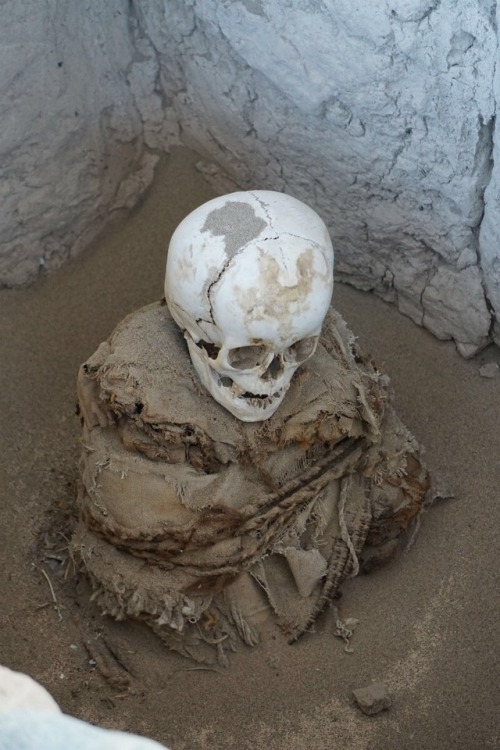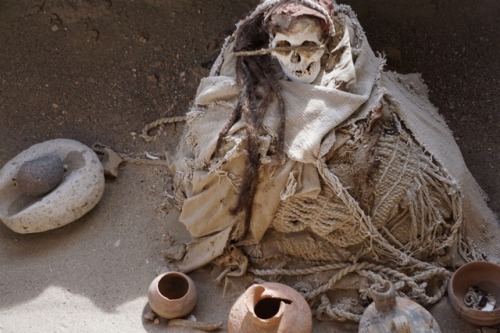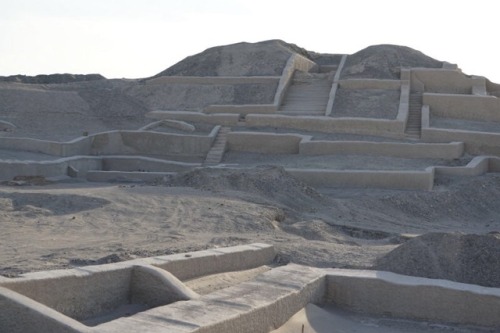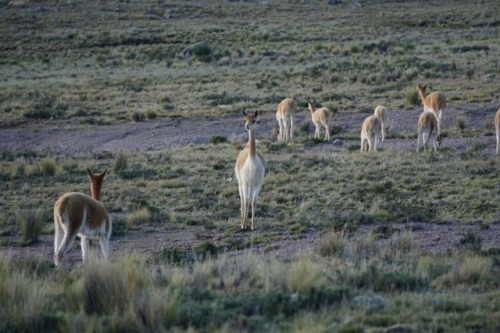Chauchilla Cemetery -I found the Chauchilla Cemetery so fascinating and sad at the same time. It c
Chauchilla Cemetery - I found the Chauchilla Cemetery so fascinating and sad at the same time. It contains prehispanic mummified human remains and artifacts. It was discovered in the 1920s, but had not been used since the 9th century AD. Unfortunately the cemetery has been looted by grave robbers who have left human bones and pottery scattered around the area. Cahuachi Ruins - Cahuachi Ruins was a major ceremonial center of the Nazca culture, based from 1 AD to about 500 AD. Driving there it felt like we were in the middle of nowhere in the dessert. It was a (very) rough dirt/sandy road and it took about 45 minutes to travel roughly 15kms. Parts of the ruins are still being excavated and so it is not yet set up for large groups of tourists which made it even better as we had the place to ourselves. There were no guards, ticket collectors, guides… no one! Vicuñas - Peru is known for its Llama and Alpaca trade and we have learnt quite a lot about the different breeds and their wool. Llama and alpaca wool is common in the UK and Australia however we had never heard of the Vicuna (pronounced “be-coon-ya”). It is said to be the softest material in the world, during the time of the Incas it was against the law for anyone but royalty to wear vicuña. We saw quite a few wild vicunas on our drive through the Andes so when we arrived to Cusco we thought we would enquire as to how much it would cost to buy a vicuna garment. Only two retailers in Peru are allowed to sell it, and when you purchase a garment it comes with a “passport” to prove you have purchased it legally. A pair of gloves started at 3,900 Soles (£915) and a large scarf was 13,000 soles (£3,000). Needless to say, we gave it a miss! -- source link
Tumblr Blog : theoverlanders.tumblr.com
#overlander#overland#vicuna#chauchillacemetery#cahuachiruins







